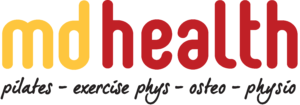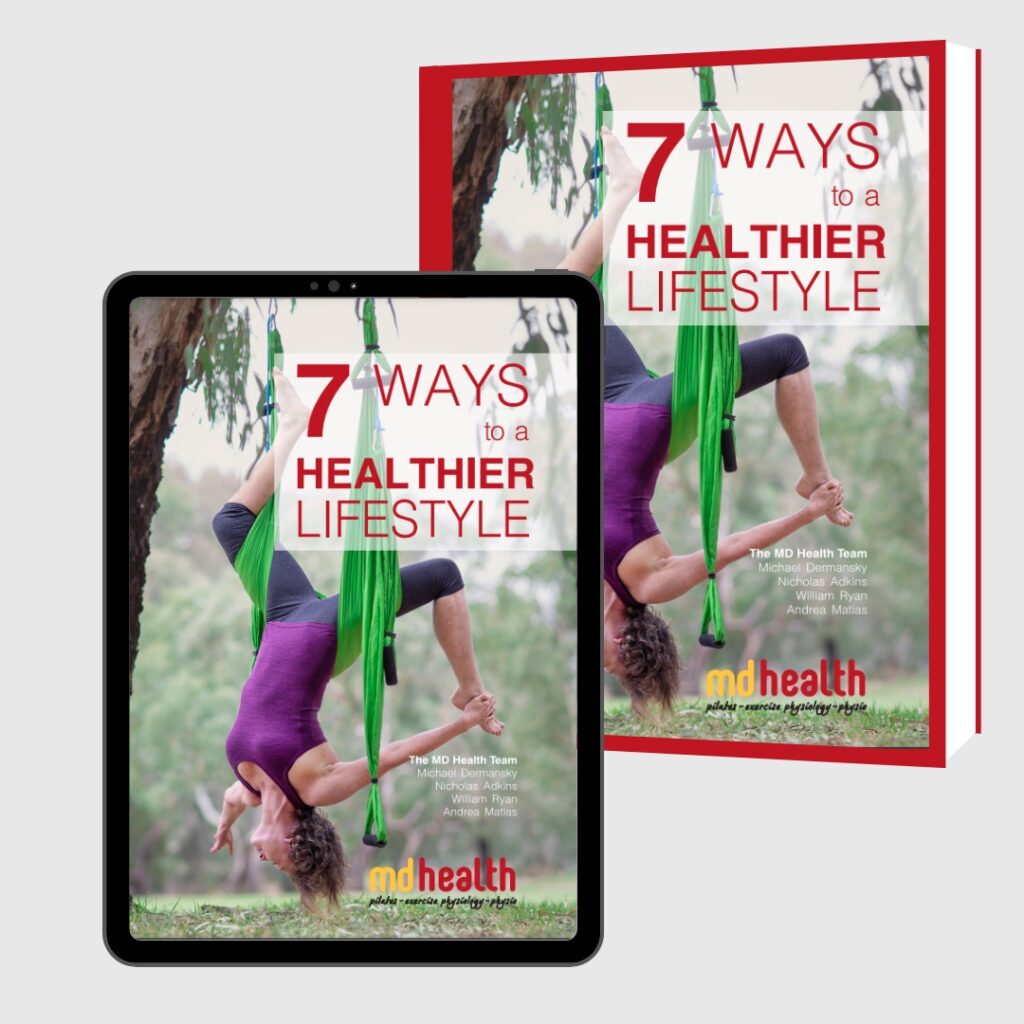Is it safe to flex your back when lifting?
What is a safe lifting technique? Since our Managing Director and Senior Physiotherapist Michael Dermansky was a physio student in the late 1990’s, he was taught that “You must not lift with a bent back”.
The best technique was to lift with your knees bent, straight back from a squat position (like you see on all the heavy lifting stickers on the packages you receive from the mail).
But, despite this advice, over the last 20 years, we haven’t seen a huge reduction in the number of people hurting their back, so is this advice right? Have we been teaching the wrong things?
Is it safe to lift with a bent back?
In a very recent study from Western Australia (Saraceni et al 2020), a group of physiotherapy researchers decided to determine the current definitive answer from the current known research, is it safe to lift with a bent back? The answer has been surprising. There is no current strong evidence that lifting weights up to 12 kg with either a bent or straight back increases or decreases the risk of back injury.
Unfortunately, this does not say that lifting with a straight back is better or worse, they just found that there are no strong scientific studies conducted on humans that prove that it is the better way to lift.
So what does this all mean and what should you be doing?
What this does mean is that although more research is needed, for lifting up to 12kg, the technique may not matter as much as we previously thought, but what is important is the following:
The muscles of the back can be progressively strengthened and improved to lift.
The small stabilisers in the back (the multifidus muscles) and the power muscles that support the back (The gluteal muscle group) can be strengthened directly and over time with the right training and technique. By learning how to activate these muscles and slowly and steadily progressing the amount these muscles can lift, the strength of the back muscles can be improved to lift heavy loads. With training:
- Men should be able to 150% of their body weight off the ground safely and with advanced training, 210% of their body weight
- Women should be able to 118% of their body weight off the ground safely and with advanced training, 160% of their body weight
The MD Health staff proved that this could be done in our recent 1RM lifting training, check out our Facebook videos: click here to see Will bench press 100kg, see Michael deadlift a new PB here, see Steph’s deadlift here, see Andrea’s deadlift here and Nicole’s 80kg deadlift here.
The technique for lifting may be more important for heavier weights (>12kg).
Although for lighter weights, the lifting technique may not be as important, for heavier lifting it may play a larger role. Maintaining a straighter back during lifting and not going “into forward bending” when lifting may still be important when both lifting heavy load and lifting repeated load, although unfortunately, at present this is more conventional wisdom and practice, rather than strong scientific evidence
Other activities that protect your back.
Lifting is not the only activity that has the potential to cause back injuries. Prolonged sitting, especially at a poorly designed workstation and with bad posture can progressively load the back and eventually cause breakdown and damage. Constantly lifting from a twisted and awkward position changes the way the structures in the back are able to withstand load and has the potential to cause injury. So having a well-designed workstation, sitting in a correct and well supported posture and frequently changing positions are the best things you can do to minimise the risk of injury.
If you do injure your back, it is important to get on top of treating and strengthening it early.
Injuries do still happen, because life still happens, despite some of the best measures we put in place to prevent injury.
Firstly, get it assessed with one of Physiotherapists or Exercise Physiologists at MD Health. This will allow you and us to manage it correctly allowing the the area to be protected and start the healing process as soon as possible.
Secondly, when safe (few days after the injury), it is important to get back on top of your rehabilitation program to start strengthening the spine. This will also reduce the risk of over-sensitisation of the spine which prevents the speed and completeness of recovery in the long term.
Your Physiotherapists and Exercise Physiologists at MD Health will guide you through this process in detail and support you along the way!
Reference: Haake, S ( 2020) Gotta Run?. New Scientist, 14th March 2020, No. 3273. P34-38.
Do you have any questions?
- Call us on (03) 9857 0644 or (07) 3505 1494 (Paddington)
- Email us at admin@mdhealth.com.au
- Check out our other blog posts here
Our clinical staff would be happy to have chat if you have any questions.



